
Cultivate herbs, grow your own vegetables, and enjoy fresh greens—discover 17 kitchen garden ideas to enhance your cooking, save on groceries, and minimize food waste.
Discover how to cultivate basil in pots, utilize vertical space with stacked planters, or combine herbs and spices in compact areas.
Uncover simple methods to transform food scraps into new plants, strategically pair plants for optimal growth, and maintain nutrient-rich soil.
Eager to turn kitchen leftovers into fresh ingredients? Begin today.
Envision cultivating your own tomatoes, lettuce, or mint directly in your home.
Kitchen gardens help you save money and elevate the taste of your meals.
With innovative ideas, you can cultivate plants even in the smallest of spaces.
Transform your kitchen into a lush, green space with 17 easy-to-implement ideas.
From planting seeds to harvesting your bounty, growing your own food is easier than you think.
Start with small, manageable steps and watch your garden flourish.
Each idea helps you improve your cooking while reducing waste.
Experiment with stacking pots or planting in repurposed containers.
Witness food scraps transform into new plants and savor fresh flavors every day.
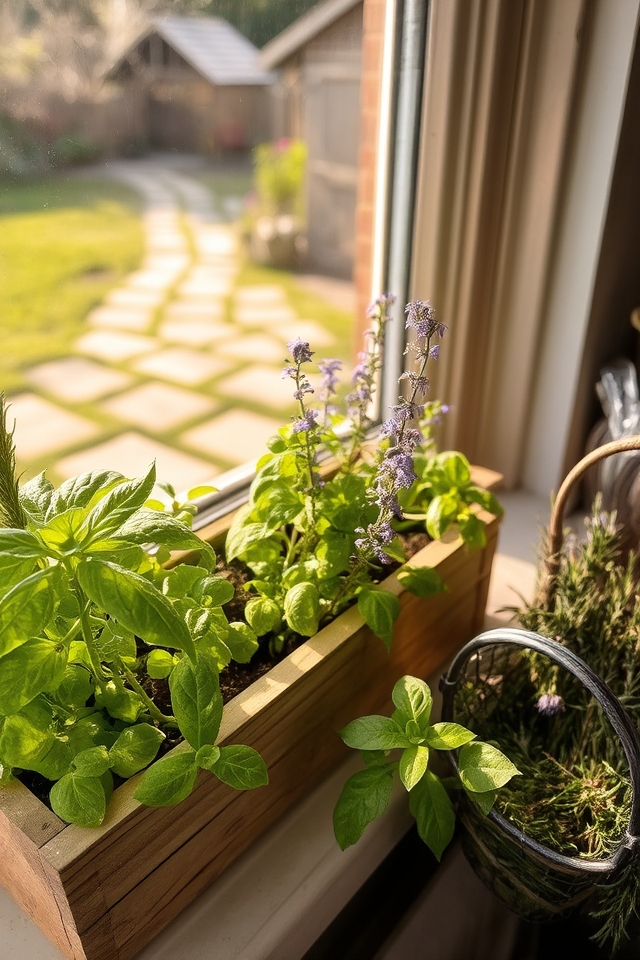
Establish a vibrant herb garden featuring basil, thyme, and rosemary for fresh culinary uses. Cultivate them in pots or designated garden beds for convenient access. Elevate your dishes with aromatic, homegrown flavors. Ensure they receive ample sunlight and well-draining soil. Harvest regularly to encourage robust growth. Perfect for seasoning, baking, or creating infusions. Streamline meal preparation with immediate garden-to-table freshness.
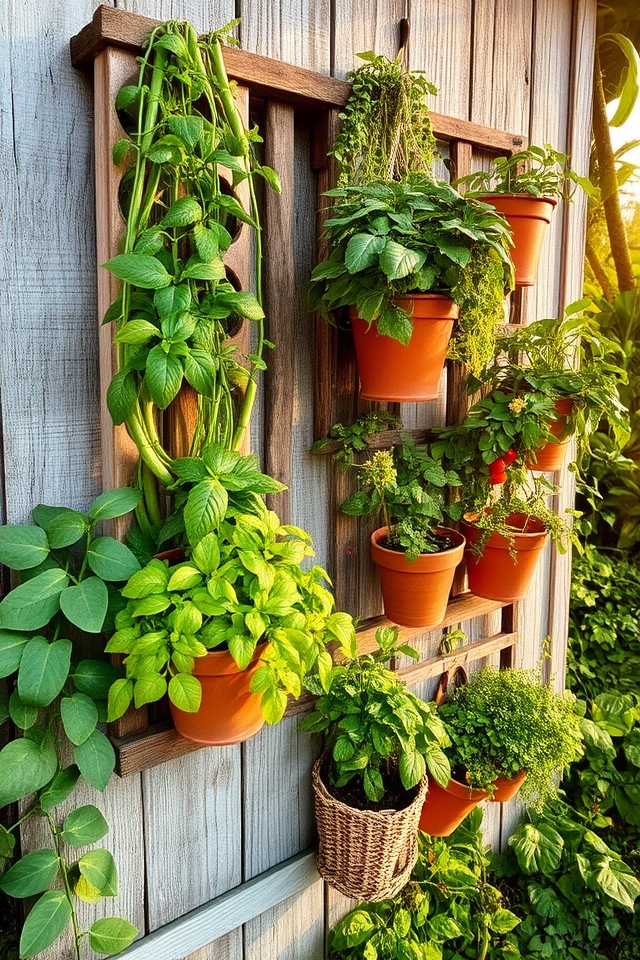
Vertical gardening optimizes limited spaces by using wall-mounted planters, trellises, and hanging baskets. Employ recycled materials or modular systems for growing herbs, vegetables, and flowers. Climbing plants, such as beans or vines, flourish with proper support. These compact designs conserve space, enhance visual appeal, and improve accessibility. Ideal for apartments or small outdoor areas. Easy to set up with durable, weather-resistant accessories. Suitable for both beginner and experienced gardeners.
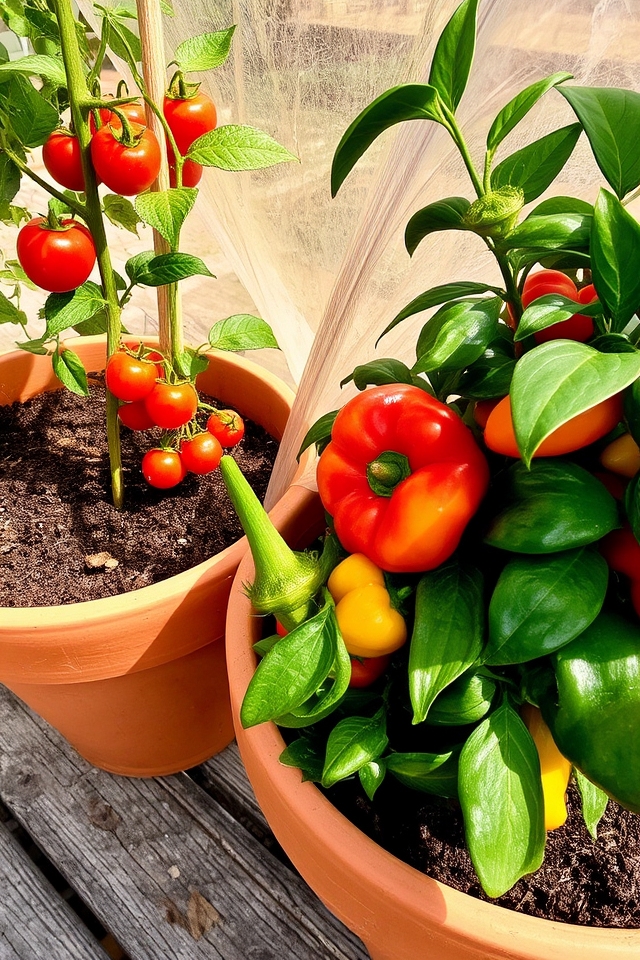
Select large containers equipped with drainage holes. Use a well-draining potting mix combined with compost. Position them in full sunlight (6–8 hours per day). Water consistently, being careful not to overwater. Apply a balanced fertilizer every 2–3 weeks. Support tomato plants using stakes or cages. Prune peppers to enhance air circulation. Harvest tomatoes when they are fully colored and peppers when they are firm. Growing in containers is perfect for small spaces, ensuring healthy growth with the right care.
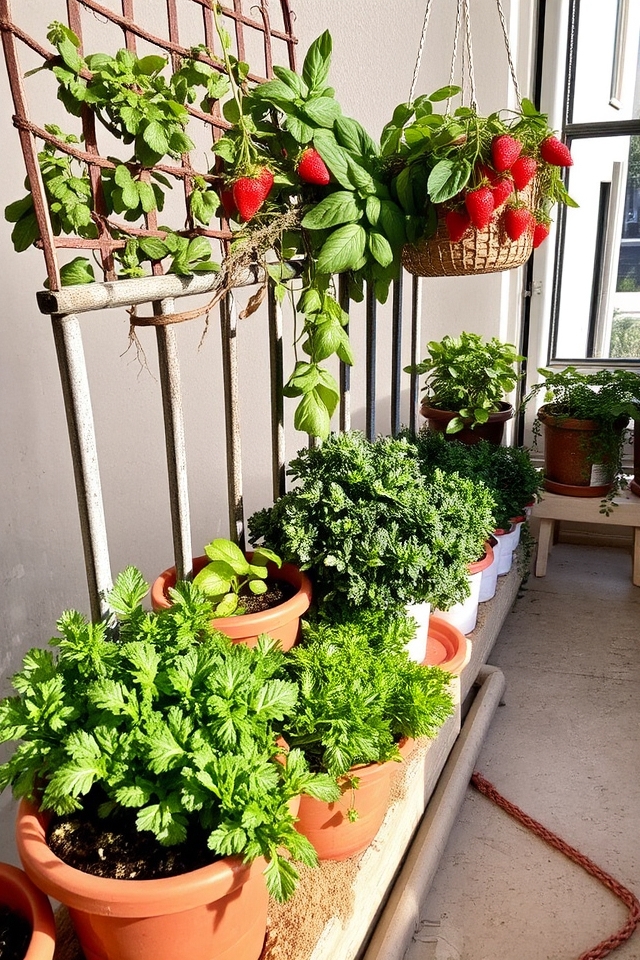
Choose containers with drainage holes and use a lightweight, well-draining potting soil. Select compact plants like herbs, leafy greens, or dwarf vegetable varieties. Place containers in sunny locations, ensuring they receive adequate water and nutrients. Maximize vertical space by using trellises or hanging baskets. Regularly check soil moisture and prune plants to manage growth in confined areas.
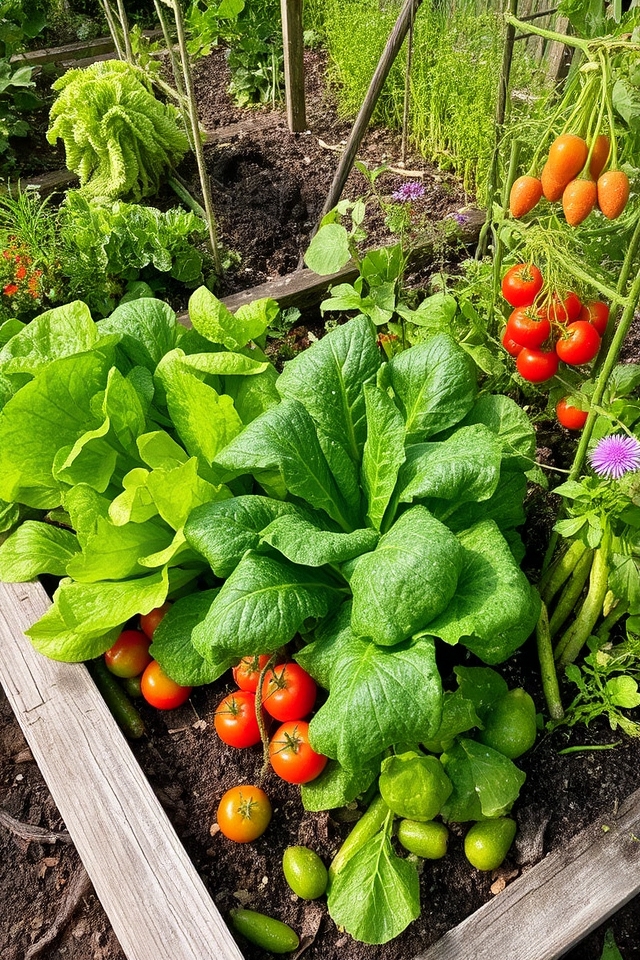
Seasonal planting guides help maximize kitchen garden yields by matching crop selections to prevailing climate conditions. Spring is ideal for leafy greens and early vegetables, summer for tomatoes and peppers, fall for root vegetables and brassicas, and winter for cold-resistant options like kale. Rotating crops extends harvest periods, minimizes pests, and provides a continuous supply of fresh produce throughout the year. Flexible planning optimizes space and resources for ongoing growth.
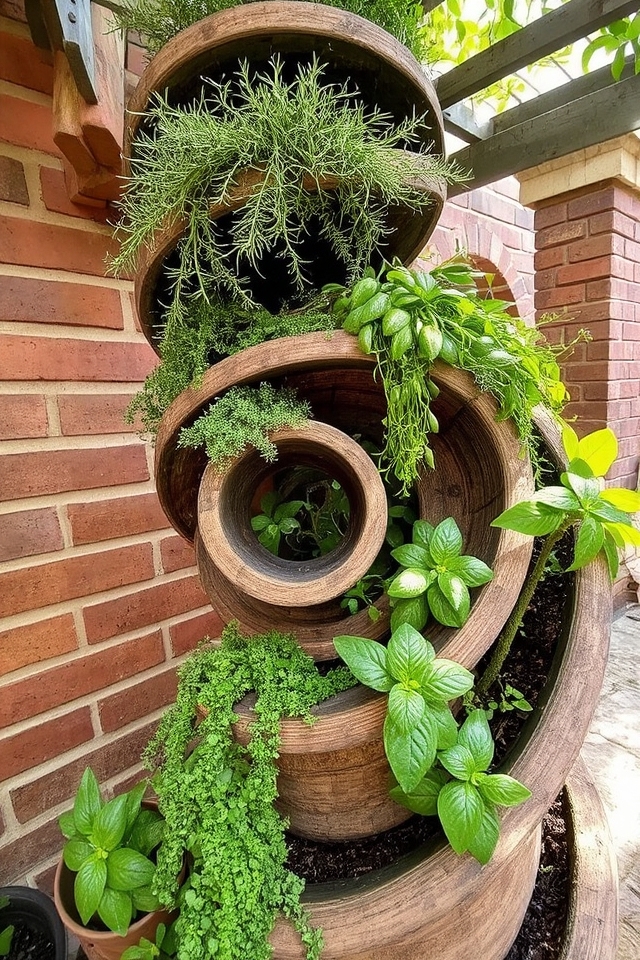
An herb spiral garden makes the most of small areas by using vertical space with a coiled design. It generates diverse microclimates, enabling herbs like rosemary, thyme, and basil to flourish. Built from stones, bricks, or wood, it blends practicality with aesthetic appeal. Perfect for balconies or patios, it maximizes output while minimizing footprint. Simple to maintain, it’s ideal for urban gardeners seeking efficient, compact herb cultivation.

Microgreens and sprouts are nutrient-rich young plants harvested within weeks of sprouting. They thrive in small areas, needing minimal soil and light. Packed with vitamins, minerals, and antioxidants, they enhance meals with both flavor and health benefits. Grow them indoors using clean seeds, consistent moisture, and ample light. Regular harvesting ensures a constant supply. Perfect for increasing dietary variety and reducing food waste.
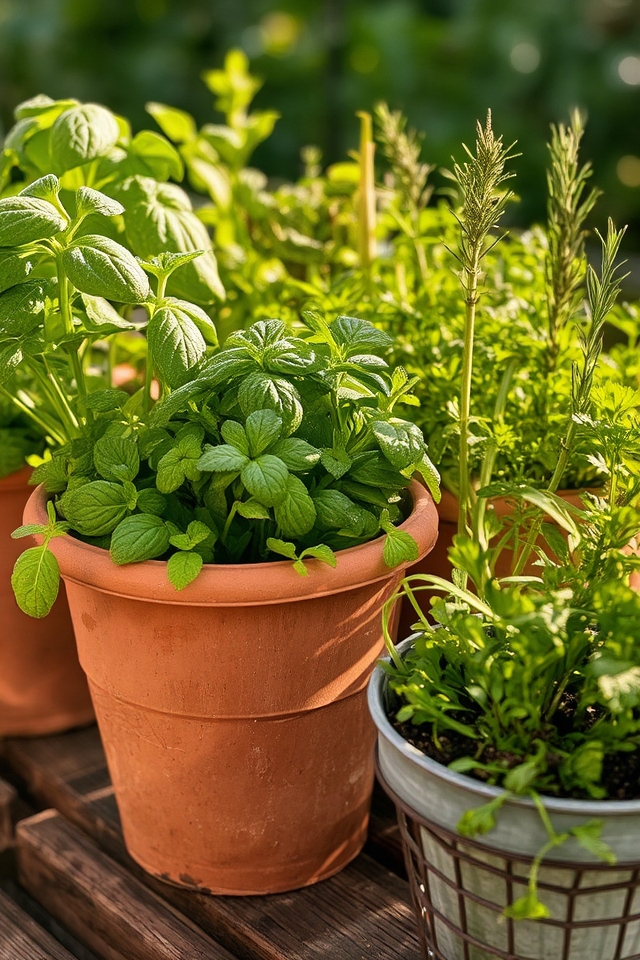
A spice garden flourishes with easy-to-grow herbs such as basil, mint, thyme, rosemary, and parsley. Select a sunny location with well-draining soil. Plant seeds or seedlings, ensuring consistent watering and occasional pruning. These herbs enhance cooking, require little maintenance, and thrive in containers or small gardens. Regular harvesting encourages growth. Avoid excessive watering to prevent root rot. Simple, rewarding, and aromatic.
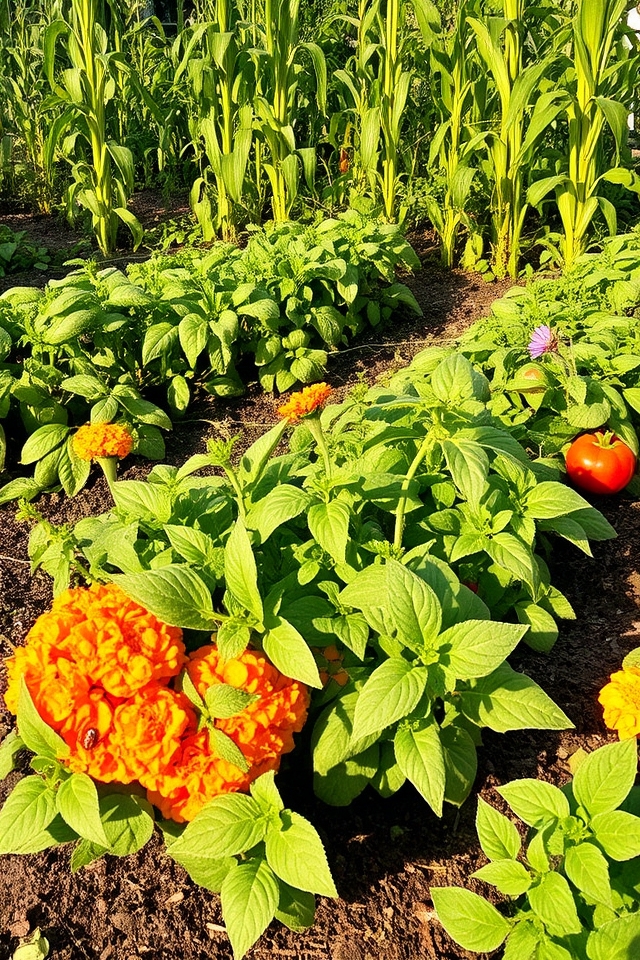
Companion planting improves kitchen garden productivity by pairing plants that mutually benefit each other. Examples include planting marigolds near tomatoes to repel pests, basil near peppers to enhance flavor and deter insects, and planting nitrogen-fixing legumes like beans alongside heavy feeders like corn. This strategy reduces pests, improves pollination, optimizes space, and naturally boosts yields.
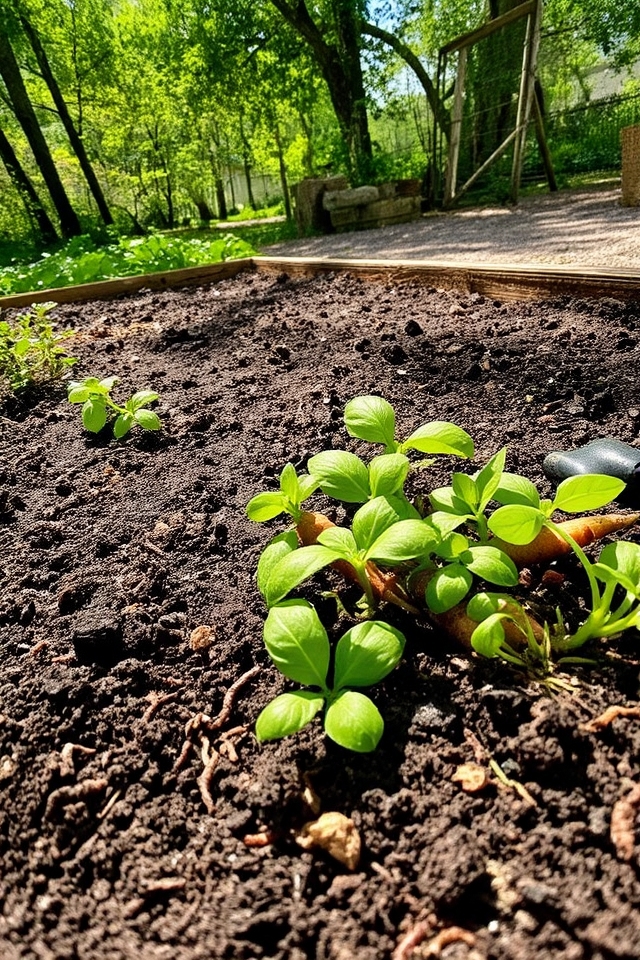
Raised bed gardening involves cultivating plants in elevated, framed plots filled with optimized soil. This method improves soil control by allowing customization of soil composition, pH levels, and nutrients. It enhances drainage, reduces soil compaction, and minimizes weed growth. Raised beds also warm up faster, extend growing seasons, and simplify maintenance. Suitable for areas with poor native soils, they encourage healthier plants through structured, manageable growing conditions. Ideal for kitchen gardens with limited space.
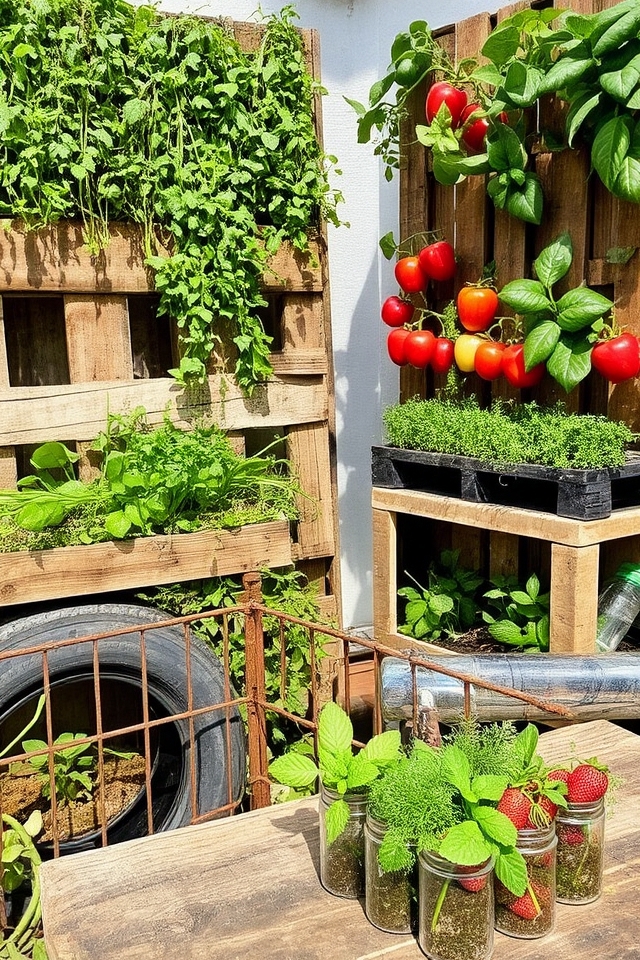
Repurpose materials like pallets, buckets, or wooden crates to construct affordable, sustainable garden systems. Create vertical planters, raised beds, or hydroponic systems using recycled containers. Incorporate tires, bottles, or old fencing for unique, eco-friendly designs. These methods reduce waste, conserve space, and promote creative, low-cost gardening solutions tailored to available resources.

Tomato trellises and support structures guide plant growth, improve air circulation, and minimize disease risk. Use stakes, cages, or vertical trellises to elevate plants, preventing fruit from touching the soil. Espalier or row supports optimize space, ensuring adequate sunlight exposure and easier harvesting. Secure ties gently to prevent damage. Proper support enhances yield and plant health.
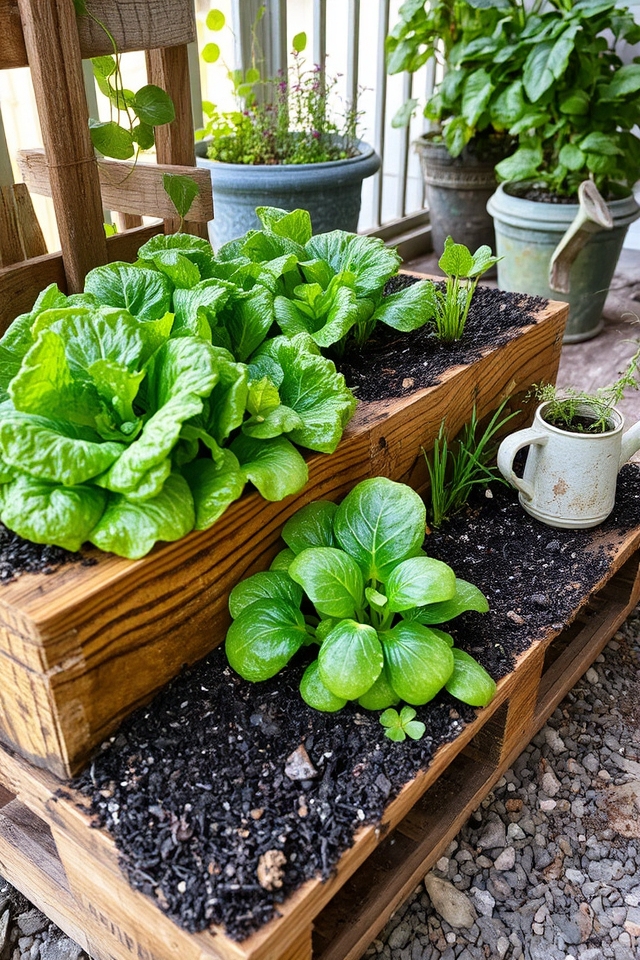
Leafy greens like lettuce, spinach, kale, and arugula thrive in low light, needing only 3-4 hours of indirect sunlight daily. Plant in well-draining soil with consistent moisture. Shade-tolerant varieties mature faster in lower light conditions, reducing heat stress. Use containers or raised beds for better control. Harvest regularly to encourage continued growth. Avoid overwatering to prevent root rot. Ideal for balconies, indoor spaces, or shaded gardens.
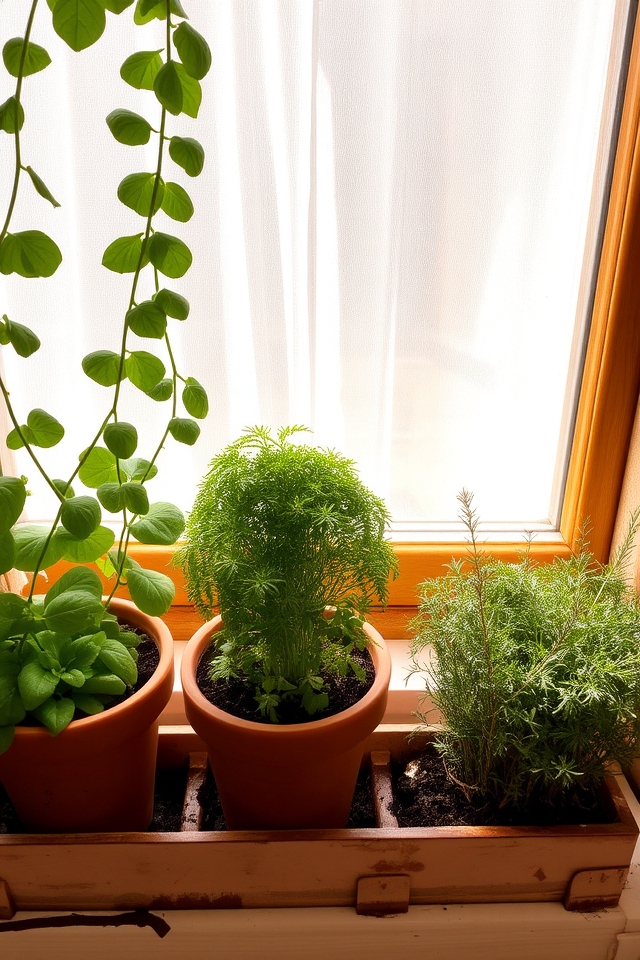
Maximize small spaces by cultivating herbs on windowsills. Choose shallow containers with drainage, using well-draining soil. Select sun-loving herbs like basil, parsley, or thyme. Ensure they receive 4–6 hours of sunlight each day. Water regularly, avoiding overwatering. Harvest leaves frequently to promote growth. Perfect for fresh culinary use and easy upkeep.
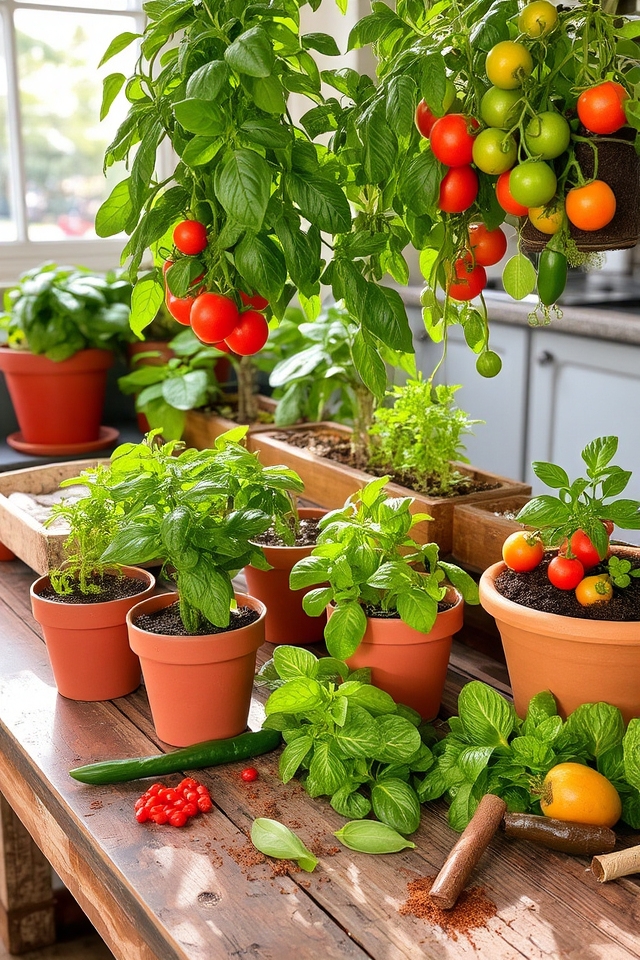
Container gardens provide an efficient way to grow herbs, vegetables, and spices in urban or small-area environments. Use pots, raised beds, or vertical planters to cultivate fresh ingredients like basil, tomatoes, peppers, and lettuce. Ensure adequate sunlight, proper drainage, and regular watering. Container gardening enables year-round harvesting, reduces pests, and simplifies maintenance, making it perfect for fresh, homegrown culinary resources.
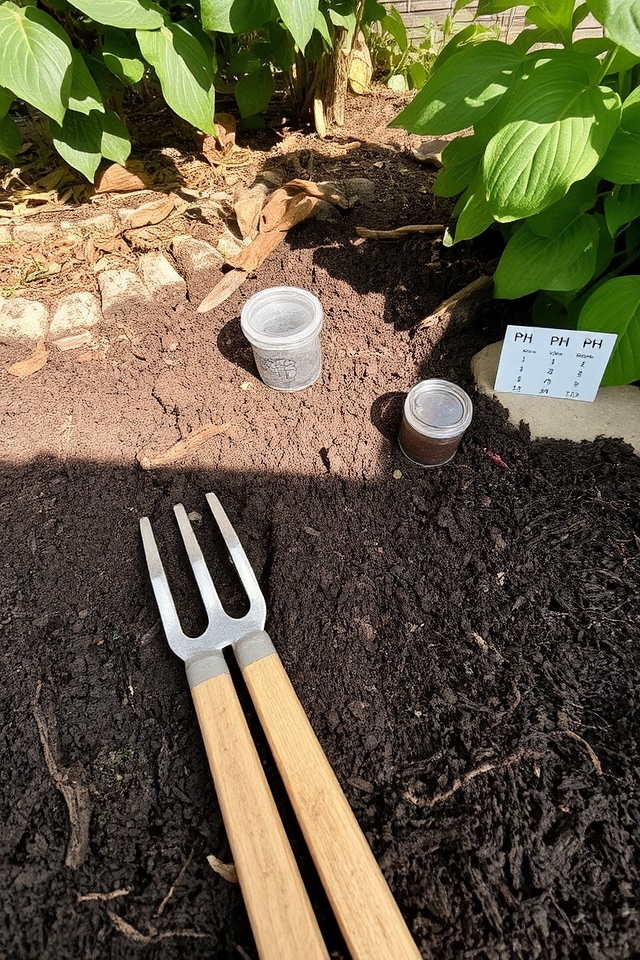
Maintain soil health by incorporating organic matter like compost or aged manure to enhance structure and nutrient content. Test pH levels regularly and adjust with lime or sulfur as needed. Avoid excessive tilling to preserve soil structure. Rotate crops annually to prevent nutrient depletion and minimize pests. Use mulch to retain moisture and suppress weed growth. Keep soil consistently moist but not waterlogged. Regularly inspect for signs of compaction or erosion. Healthy soil supports robust kitchen garden growth.
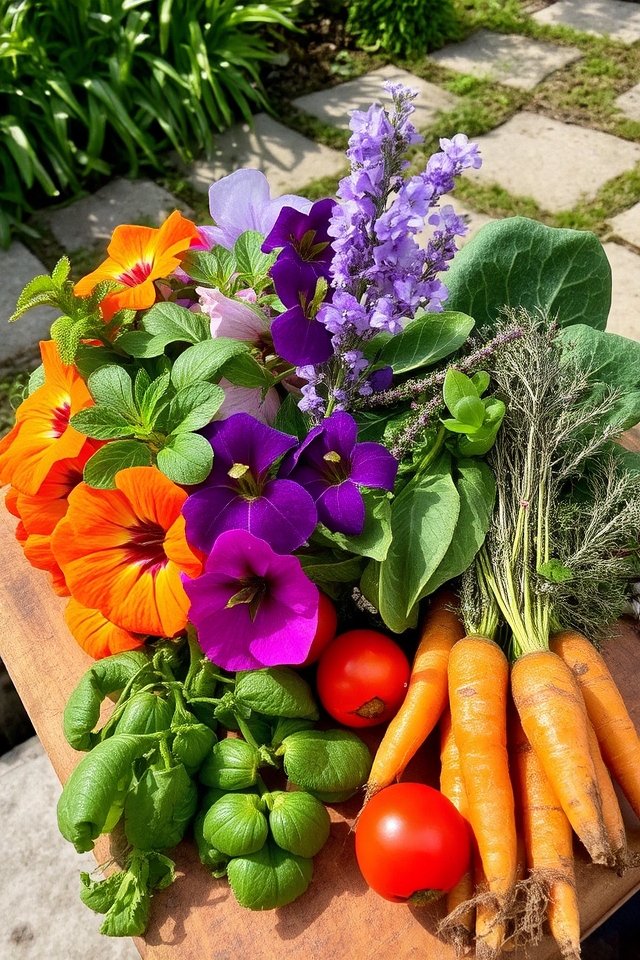
Incorporate edible flowers such as nasturtiums, violets, and lavender into your kitchen garden for vibrant culinary and aesthetic appeal. They enhance salads, desserts, and cocktails while attracting pollinators. Plant them in well-drained soil with partial sunlight. Harvest blossoms promptly for optimal flavor. Ensure varieties are pesticide-free and non-toxic. Combine with herbs and vegetables for a functional, visually appealing space.
Cultivate herbs, harvest fresh greens, and enrich your kitchen with thriving gardens. Plant seeds, nurture sprouts, and season your meals with garden-fresh flavors. Plant, prune, and prosper—every pinch, peel, and plate will please your palate. Nurture and nourish. Garden wisely, grow fresh, and thrive with each harvest. Seasonal changes, clever setups, and soil solutions ensure year-round yields. Container gardens, vertical vines, and windowsill wonders flourish with care. From sprout to soup, sustain yourself—simply, smartly, and satisfyingly.

Don't let aphids, slugs, and caterpillars ruin another plant. Take back control with simple, natural methods that actually work.